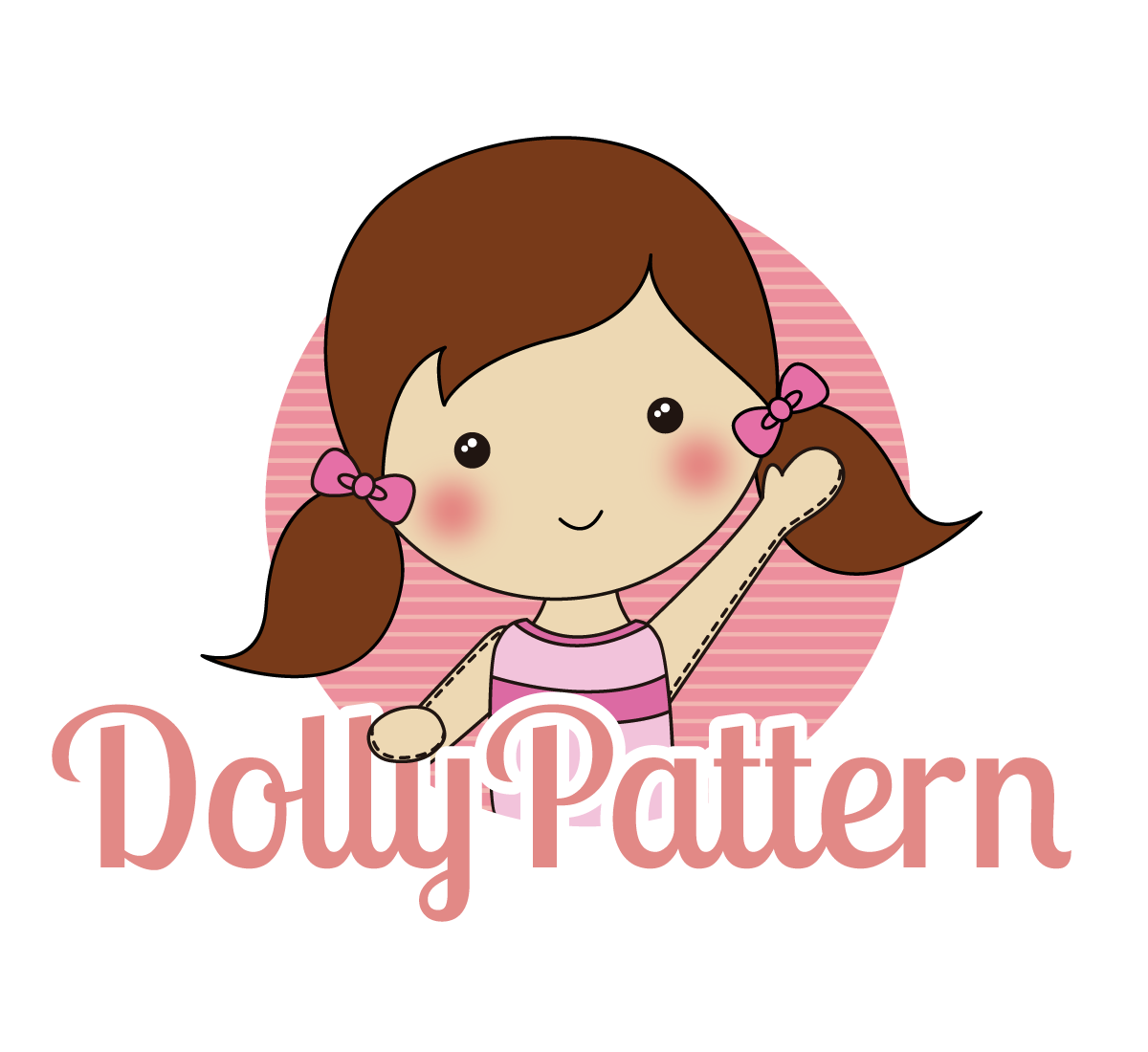Glossary
Here's a list of commonly used words and sewing techniques we use in our patterns that you may find useful.
Please contact Sheryl if you need help at support@dollypattern.com or, if you have a question or a sewing term you'd like explaining (that other Dolly Pattern fans would benefit from) then please let us know!
Right Sides Together
This means to place two parts of fabric with the right sides facing each other.
Seam Allowance
This is how much extra fabric is allowed at the edges of your cut out piece before you sew your pieces together.
Clip Edges
Snipping into the seam allowance towards the line of stitching around curves so that the fabric can bend around the corners to give a neat edge. A neater finish can be achieved by using pinking shears.
Press
Means the same as ironing
Top Stitch
This means sewing a line of stitches on the top of the visible side of the fabric and is often used as a decorative finish.
Double Hem
Making a hem by folding once and then folding the same piece over again and stitching the loose side down.
Bias
From corner to corner of the fabric, 45 degrees to the grain which runs up and down in the direction of the selvedge.
Slip Stitch
A loose stitch that is used for hemming and is not visible from the right side of the project.
Selvedge
The edge of the fabric made by the loom. Often prickled with small holes and only about 2 to 2.5 cm wide.
Hem
The neat finish at the end of sleeves and the bottom of a skirt, for example.
Gather
This often means to make a frill effect. It's where a piece of fabric which is designed to be frilly is cut longer than the piece tat is remaining flat which it will join to. A small line of long, loose running stitches is made along the seam allowance, secured at one end, and the fabric is pushed along the thread to make a ruffled effect. Useful at waistlines for a full skirt effect and for making 'pouffy' net underskirts like in our Princess Dress and Crown Pattern.
Tack
This means making a row of temporary stitches that you can remove later. It helps you to secure your layers whilst you put your work through your sewing machine. I like to use bright threads for tacking so that I can easily see them to remove them neatly later.
Baste
Pretty much the same as 'tack'. Lots of sewists use different words to describe the same methods!
